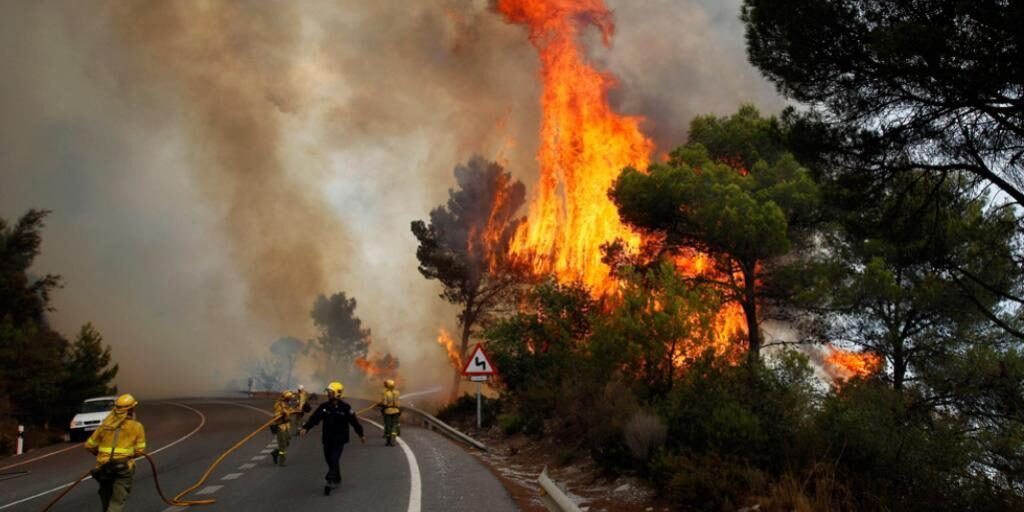The wildfires in South America – and early fire season start in Canada – have recently once again highlighted the devastating impact of forest and vegetation fires.
The wildfires in South America – and early fire season start in Canada – have recently once again highlighted the devastating impact of forest and vegetation fires.
The past summers in Central and Northern Europe have also been characterized by drought and dried-up forests, prompting European fire brigades to intensively prepare for the upcoming dry spell.
Preparation includes training for emergency responders, as well as tactics, handling of equipment, and planning for the use of firefighting agents and reserves, as reported by Feuerwehrmagazine.de.
One major challenge, particularly in many non-urban areas, is the availability of water for firefighting. As witnessed in recent summers, high temperatures and prolonged dry spells have caused a decline in groundwater levels in lakes and rivers, with some even drying up completely. This significantly affects drinking water supplies in some regions, and firefighting efforts heavily rely on these natural «water reservoirs.»
The article on Feurwehr.de mentions a number of chemicals suitable as wetting agents which European fire services now have in store for the upcoming wildfire season.
The retardant can also be applied on mountaintops depending on vegetation height and density. Typically, it slows down the fire front due to the flatter terrain angle, reducing updrafts. By further inhibiting the retardant, flames can be additionally shortened at this point, reducing the fire’s dynamics and facilitating initial firefighting efforts. With sparse vegetation, stopping the fire front may be achievable depending on accompanying factors.
As a third tactical option, it can be used to secure tactical backfires. Additionally, it can be utilized in landscape maintenance and controlled burning scenarios (prescribed burning).
Photo Credit (Cover photo above): The forest fire in Barranco Blanco, Spain, 2012. Wikipedia Commons Licence.
Photo by: FranDuca, CC BY-SA 4.0 <https://creativecommons.org/licenses/by-sa/4.0>, via Wikimedia Commons







